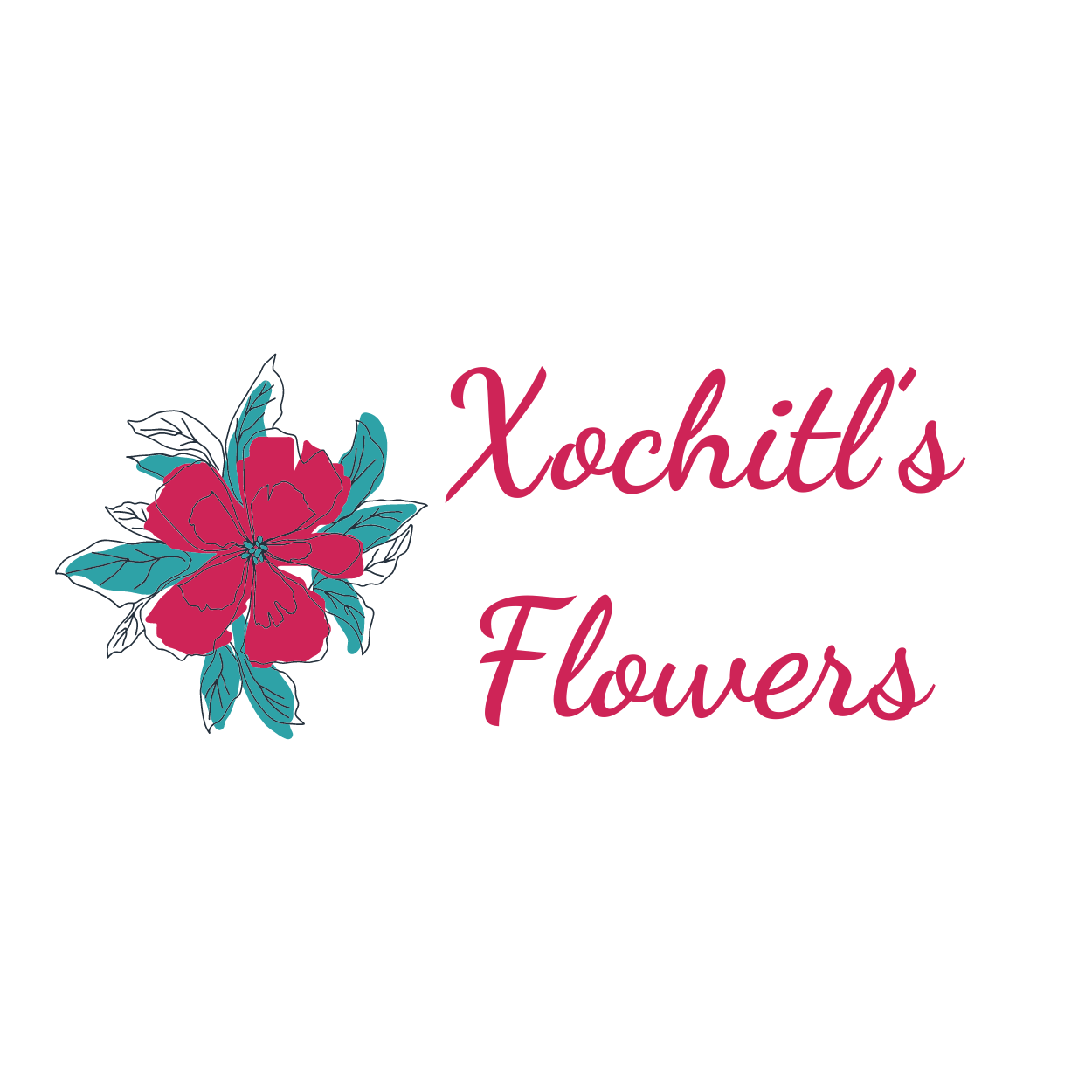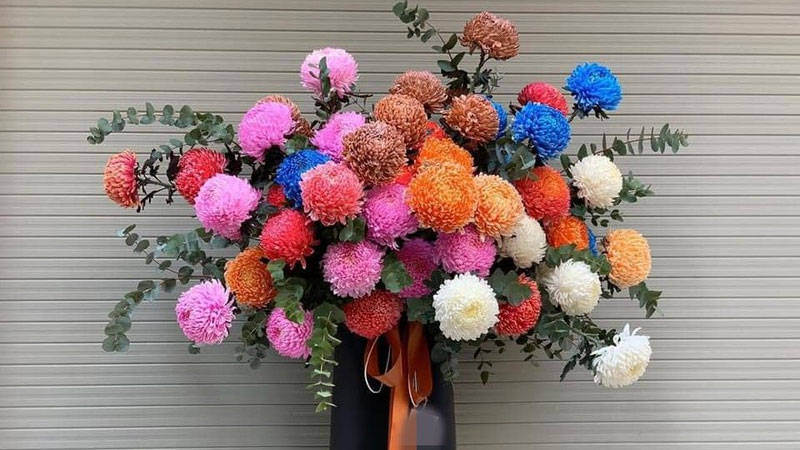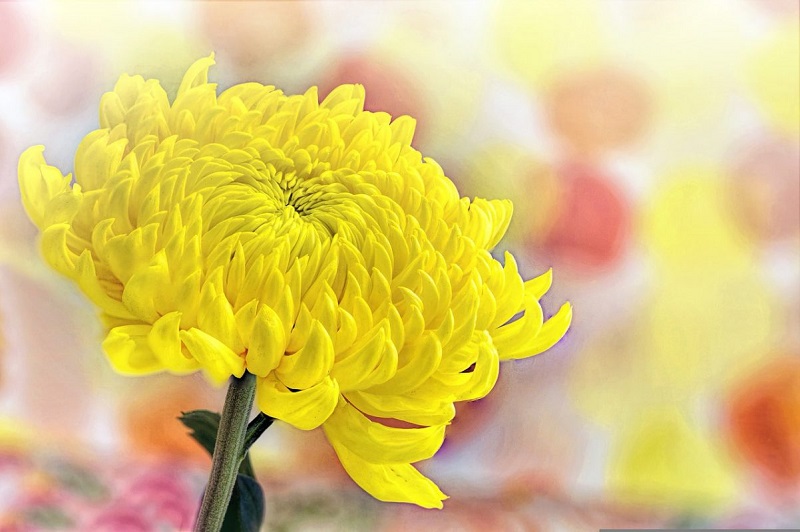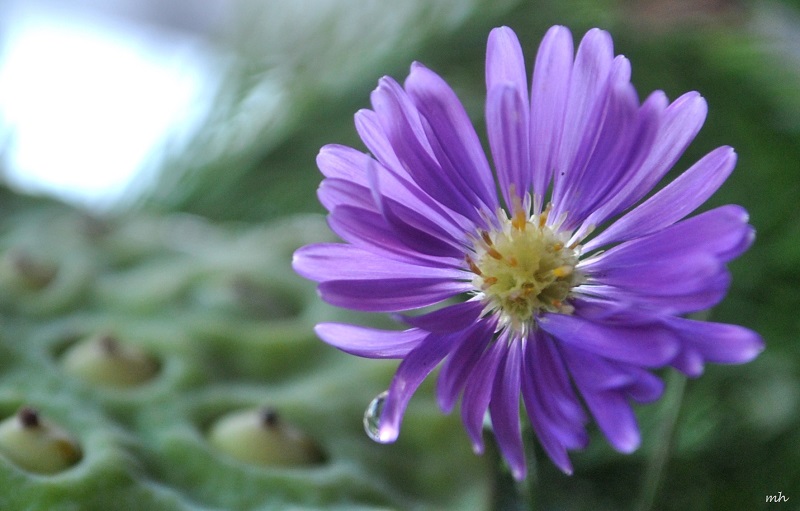Single chrysanthemums, with their classic form and vibrant colors, are timeless flowers that bring a touch of elegance to any floral arrangement or garden. Known for their simplicity and beauty, these flowers have earned a cherished spot in the world of horticulture and design. This article delves into the characteristics, history, cultivation practices, and cultural […]
Chrysanthemum
Chrysanthemum: The Timeless Bloom with Cultural and Botanical Richness
The Chrysanthemum, often affectionately referred to as the “mum,” is a flower steeped in both historical significance and botanical beauty. Originating from Asia, this vibrant bloom has transcended cultural boundaries, symbolizing everything from longevity to love. Whether gracing a garden, featuring in floral arrangements, or marking significant cultural festivals, Chrysanthemums hold a special place in the hearts and traditions of many. This article delves into the botanical characteristics, cultural importance, and diverse uses of Chrysanthemums, celebrating their role as a timeless and cherished flower.
Botanical Characteristics
Classification and Varieties
The Chrysanthemum, scientifically known as Chrysanthemum spp., belongs to the Asteraceae family. This genus includes a myriad of species and hybrids, resulting in an extensive range of forms and colors. Notable varieties include the Spider Mum, known for its elongated petals, and the Cushion Mum, which forms a dense, rounded shape. These diverse types allow gardeners and florists to choose the perfect Chrysanthemum for their needs.
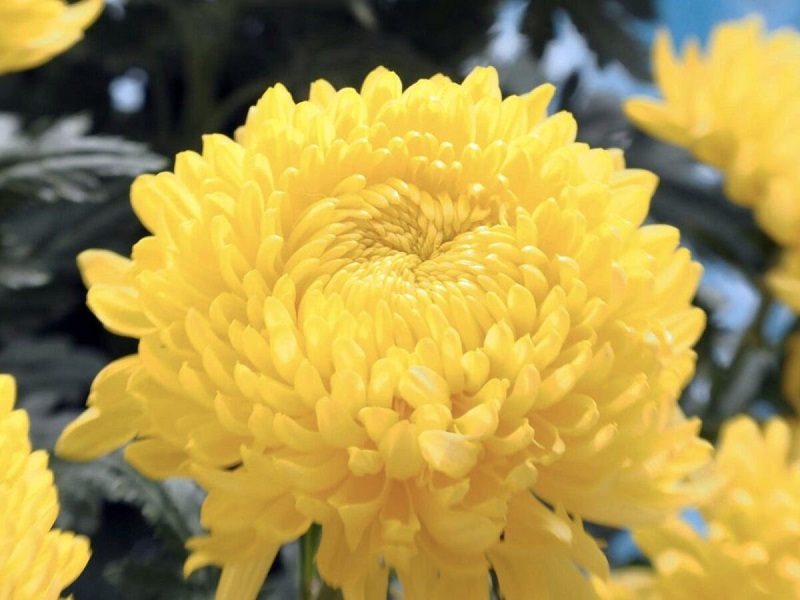
Physical Features
Chrysanthemums are celebrated for their striking flowers, which come in a spectrum of colors including white, yellow, red, pink, and purple. The flowers can be single or double, with some varieties showcasing intricate petal arrangements. The plant itself features deeply lobed leaves and can grow anywhere from 12 inches to 3 feet tall, depending on the variety.
Growing Chrysanthemums
Climate and Soil Requirements
Chrysanthemums thrive in a temperate climate, preferring moderate temperatures and ample sunlight. They require well-drained soil, ideally with a pH level ranging from 6.0 to 7.0. The soil should be rich in organic matter to support healthy growth.
Planting and Care
Planting Chrysanthemums involves spacing them about 12 to 18 inches apart to allow for their full growth. They should be watered regularly, especially during dry spells, but care should be taken to avoid waterlogging. Fertilization with a balanced fertilizer can enhance flowering and plant vigor.
Pest and Disease Management
Common pests affecting Chrysanthemums include aphids and spider mites. Diseases such as powdery mildew and rust can also pose problems. Regular monitoring and appropriate treatments, such as neem oil for pests or fungicides for diseases, are essential for maintaining plant health.
Chrysanthemums in Culture
Historical Significance
Chrysanthemums have a rich history, particularly in Asian cultures where they symbolize longevity and immortality. In China, the flower is associated with autumn and is celebrated in the Chrysanthemum Festival. In Japan, the Chrysanthemum is revered as a symbol of the Emperor and is featured in various cultural ceremonies.
Festivals and Celebrations
Globally, Chrysanthemums are honored in numerous festivals. The National Chrysanthemum Show in the UK and the Chrysanthemum Festival in Japan are prominent examples, showcasing the flower’s beauty and its role in cultural celebrations.
Uses and Applications
Ornamental Uses
Chrysanthemums are a popular choice for both garden beds and floral arrangements. Their vibrant colors and varied forms make them ideal for creating stunning visual displays. Gardeners often use them to add a burst of color to fall gardens.
Medicinal and Culinary Uses
In traditional medicine, Chrysanthemums are believed to have calming properties and are used in herbal teas. They are also incorporated into various culinary dishes, particularly in Asian cuisine, where their petals are used as a garnish or in soups.
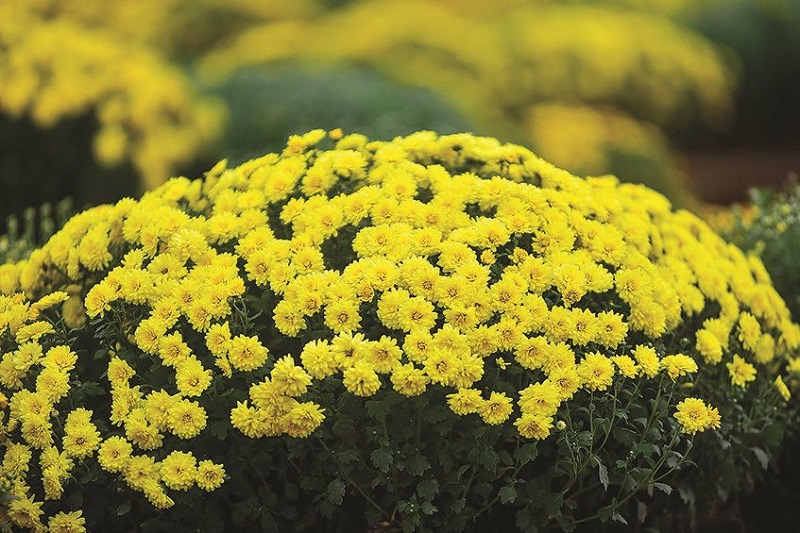
Chrysanthemum Varieties
Garden Varieties
Popular garden varieties include the ‘Mum’s the Word,’ which boasts a bright yellow hue, and ‘Samba,’ known for its striking red petals. These varieties are chosen for their aesthetic appeal and ability to enhance garden landscapes.
Cut Flower Varieties
For floral arrangements, varieties like the ‘Football Mum’ and ‘Decorative Mum’ are preferred for their large blooms and long-lasting qualities. These are often used in bouquets and centerpieces for special occasions.
Specialty Varieties
Rare varieties such as the ‘Kikyo’ with its unique shape and color, or the ‘Japanese Spider Mum,’ known for its long, spidery petals, add a touch of uniqueness to any collection.
Conclusion
In summary, the Chrysanthemum is more than just a beautiful flower; it is a symbol of cultural heritage, botanical diversity, and practical use. From its rich history in Asian traditions to its varied applications in gardening and cuisine, the Chrysanthemum continues to captivate and inspire. Embracing this versatile bloom not only enhances our surroundings but also connects us to a broader cultural and historical narrative. As we appreciate the Chrysanthemum’s beauty, we also celebrate its enduring significance across the globe.
Yellow daisies, with their bright, cheerful blooms, capture the essence of sunshine in floral form. These vibrant flowers, known for their simplicity and elegance, have charmed gardeners, artists, and poets alike. Their warm yellow petals and sunny disposition make them a popular choice in gardens and floral arrangements. This article explores the botanical characteristics, cultural […]
Chrysanthemums, often known as “mums,” are renowned for their vibrant colors and elegant forms. Among the many varieties, the purple chrysanthemum stands out with its regal hue and distinct charm. This guide explores the botanical characteristics, cultivation tips, cultural significance, and diverse applications of the purple chrysanthemum, highlighting why it remains a cherished flower in […]
